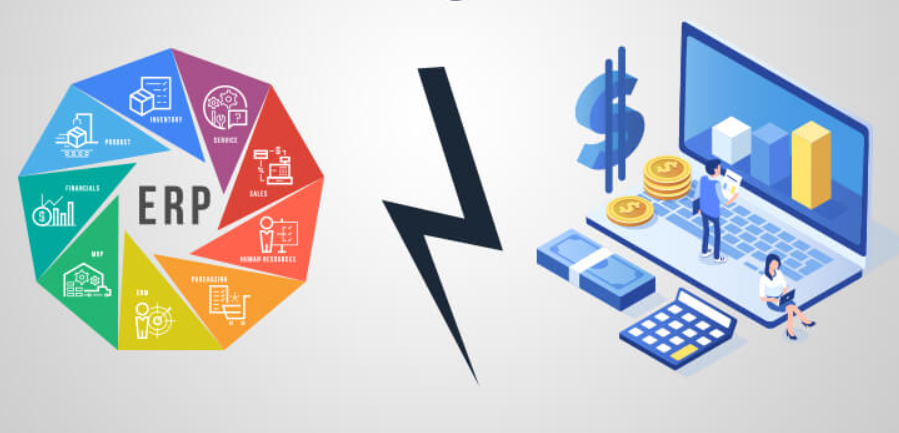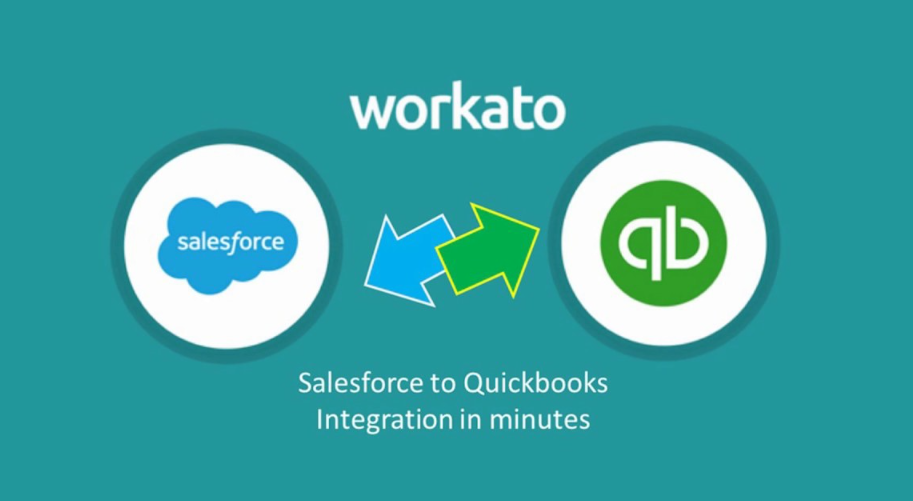Totally Integrated Automation (TIA)
Anúncios

TIA is an open system architecture that covers the entire process chain for manufacturing systems. It reduces time to market, improves safety, and consolidates operator functions in a single console. This system architecture offers a number of advantages, but it is not without its drawbacks. Let’s take a look at some of them.
Anúncios
TIA is an open system architecture
TIA is an open system architecture that allows automation components, software, and higher level systems to communicate seamlessly with each other. This integration ensures a uniform interface and consistent data management across the automation system. In addition to streamlining the overall process, TIA also reduces costs and allows for future innovations.
It is based on a modular, open architecture that can be customized to meet specific requirements. It also supports the latest hardware and software technologies, including PC-based SIMATIC Systems. HTML5 and SVG support are included in TIA, offering new visualization possibilities. And with the Totally Integrated Automation Portal, global access is possible from any modern web browser.
Anúncios
The TIA Portal Cloud lets engineers work remotely with total security and convenience. This web-based solution eliminates the need to install software or updates. It also allows users to save and share projects with other team members. And it is compliant with strict cybersecurity standards. This makes it a smart choice for integrating robotic systems.
The TIA Portal is an integrated engineering environment that combines scalable simulation tools with transparent plant operation. It is accessible to machine builders, system integrators, and plant operators. It is designed to provide a holistic approach to digitalized automation. The TIA Portal is part of the Digital Enterprise Software Suite, which rounds out Siemens’ Industrie 4.0 offering.
It covers the entire process chain of a manufacturing system
Totally integrated automation (TIA) refers to the implementation of automation solutions across the entire process chain of a manufacturing system. This approach aims to maximize process optimization while minimizing human intervention. In many cases, this type of automation can improve the overall efficiency and cost of a manufacturing system.
It improves safety by consolidating all operator functions into a single console
Totally integrated automation offers many advantages over other forms of automation. It helps to improve safety and quality control by reducing the need for human intervention. It also reduces the risk of human errors. The challenges involved in totally integrated automation include integrating disparate systems, managing constantly changing data sets, and creating custom applications.
TIA improves workplace safety by reducing the need for multiple operators, which can increase the risk of accidents. TIA reduces this risk by combining all operator functions into a single console. However, it is difficult to implement total integration in a factory without substantial investment. Further, TIA may not be suitable for all factories. Another drawback to TIA is its inflexibility. Because the system is set up to work with a certain type of equipment, it may be difficult to make changes in the manufacturing process. TIA can also be problematic for factories with frequent changes in product mix.
Totally integrated automation is a way to integrate all automated components into one system. It includes all levels of automation, from individual production cells to the overall factory process control. TIA can make manufacturing more efficient, more productive, and safer.
The challenges associated with totally integrated automation include the development and implementation of custom applications. Often, organizations must develop software that is custom-built to fit the business needs of a particular application. They also must ensure that the systems they install will interface with existing systems. TIA also requires organizations to keep up with technological advances. These organizations must assess new technologies and ensure that they are compatible with their automation systems.
It reduces time to market
Totally integrated automation (TIA) enables the seamless integration of automation components, software, and higher-level systems. It ensures consistent data management, worldwide standards, and uniform interfaces across all automation components. TIA can help companies reduce their expenditures and shorten their time to market by reducing complexity. It also allows for future innovation.
TIA is an open system architecture based on standardized hardware and software. It reduces the development and engineering time for machine makers while improving end-user productivity. It is also supported by a common data management system. With TIA, the entire production process can be mapped and analyzed using a standardized interface.
TIA helps companies optimize their entire production process. It leverages Siemens’ digitally enriched automation portfolio to optimize the engineering process, reduce time to market, and improve productivity. It also provides continuous security for the entire manufacturing process, minimizing engineering costs. Its goal is to reduce the time needed to design a new system, while still ensuring quality and reliability.
It provides unrestricted access to digitalized automation services
Totally integrated automation, or TIA, is a platform for digitalization that enables companies to automate business operations. It provides unrestricted access to digital automation services, including software, hardware, and services, which maximize business efficiency.
TIA provides access to the entire Siemens digitalised automation service portfolio, from digital planning to integrated engineering to transparent operation. The portal also includes simulation tools that help improve plant productivity and offer greater flexibility. Through this comprehensive portal, users can find, manage, and access information from anywhere in the world.
TIA has gained momentum in the manufacturing industry over the last decade as manufacturers seek to improve their competitiveness and improve operating margins. The continued advancement of TIA technology, as well as Industry 4.0 concepts, are expected to spur further adoption of this innovative system.
Total integration of automation presents several challenges, such as integrating disparate systems, managing constantly changing data sets, and developing custom applications. Organizations must carefully plan and test these changes so that no disruptions occur. With total integration, companies can maximize the effectiveness of their automation systems while reducing the risk of human error and disruption. A totally integrated automation system allows for seamless automation of business processes and can help organizations achieve operational efficiencies and reduce the cost of human labor.





